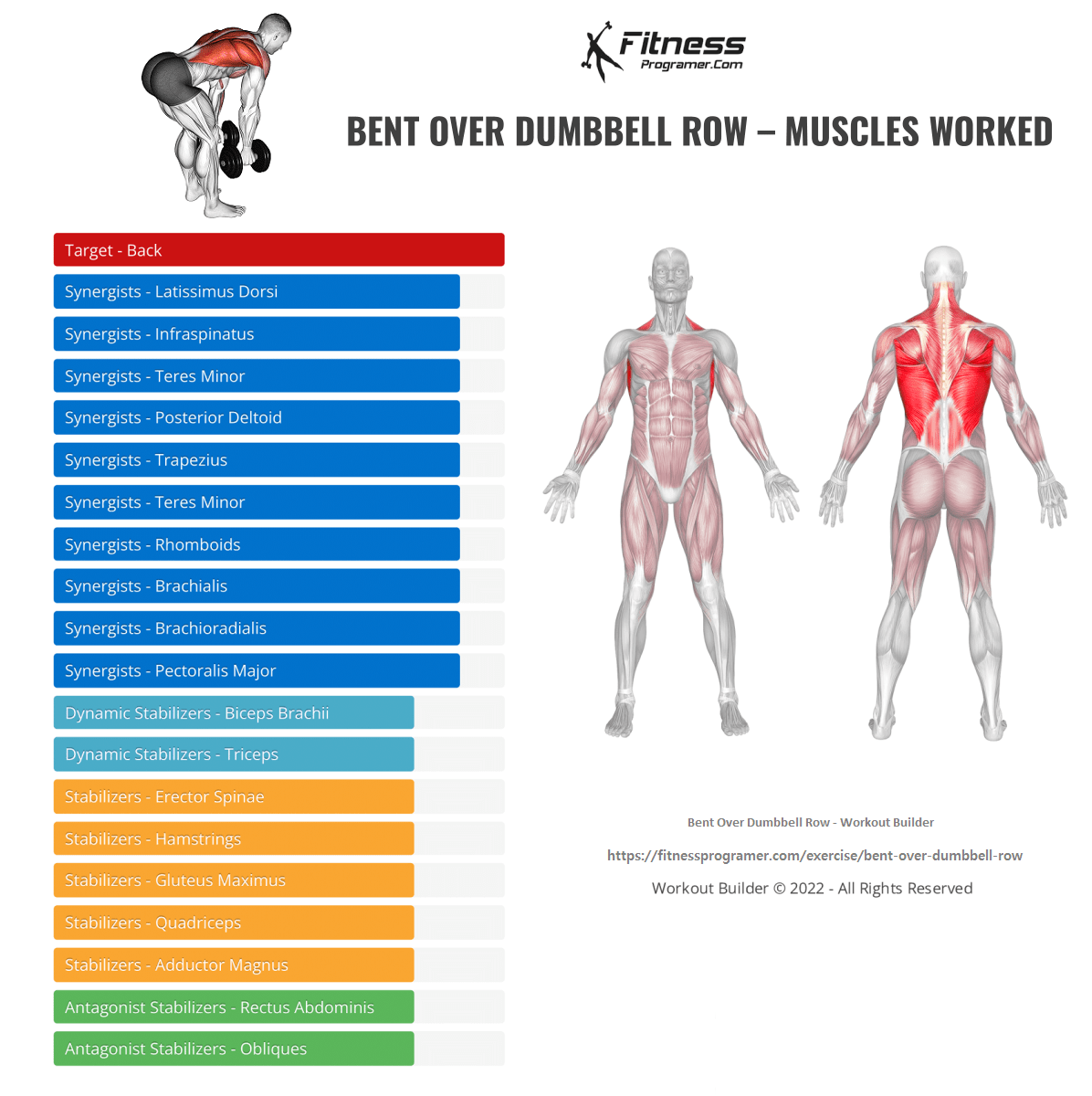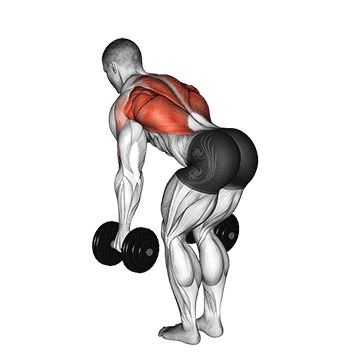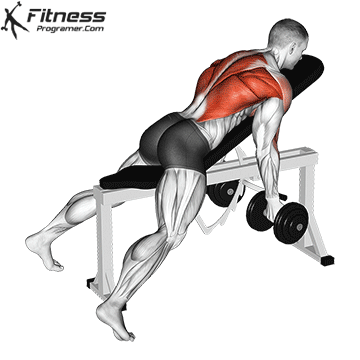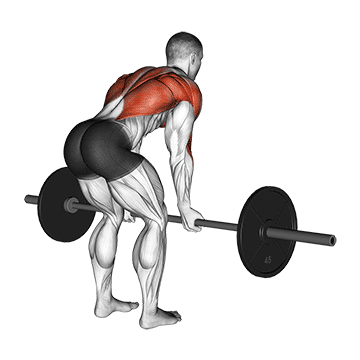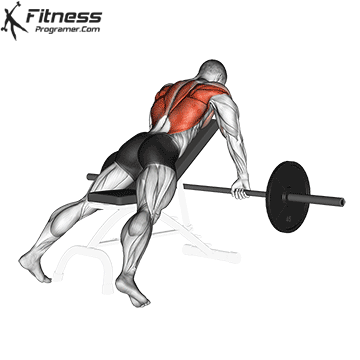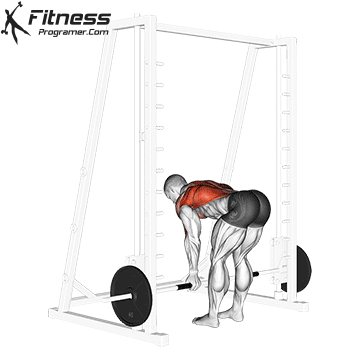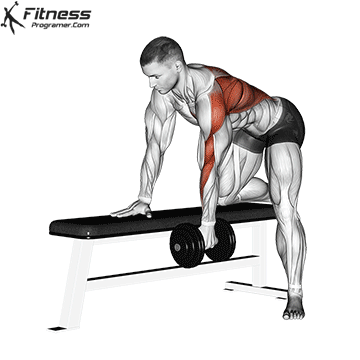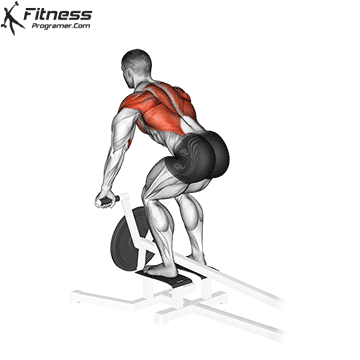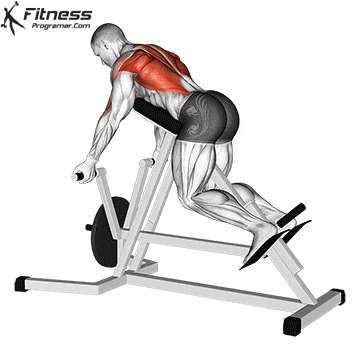How to do Bent Over Dumbbell Row
- Grab two dumbbells and stand with your feet shoulder width apart. Grab the dumbbells with your palms facing each other.
- Whilst keeping your back straight, slightly bend your knees and lean forward so that your spine is 45-90 degrees to the floor.
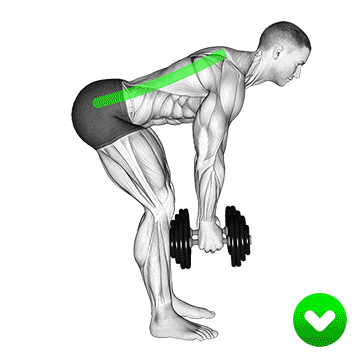
- Let your arm hang all the way down and then pull the weight straight up. (Keep your elbows close to your body and row the dumbbells up to your waist squeezing your shoulder blades together.)
Bent Over Dumbbell Row Benefits
- The dumbbell row is a variation of the bent over barbell row and an exercise used to develeop back muscle and strength. As compared to the barbell variation, the bent over dumbbell row is good for addressing muscular imbalances, and it helps in correcting asymmetries that might exist between the right and left sides of your body.
- The bent-over dumbbell row is a compound exercise used to develop and strengthen the entire posterior chain, including both the hips and upper back. While most exercises target a specific muscle in the back of the body, the dumbbell row targets the entire back with each rep.
- This exercise, which is very popular in bodybuilding and powerlifting, is very effective for the development of improved muscle strength, endurance and overall body strength. You can add it to your training programs as part of muscle growth and upper body strength training.
The best way to protect your back against injury is to strengthen the muscles that support it.
The erector spinae muscles, also known as spinal erectors, run vertically down your entire back on either side of your spine. These are not muscles you can typically see bulging underneath your skin, as they are below other muscles, yet they still make up a large portion of the posterior chain.

Another benefit of the bent-over dumbbell row is that it helps increase your upper and lower back strength and reinforces proper spinal control. The bent over dumbbell row will require you to maintain a hinged position throughout the duration of the movement.
Whenever you perform the movement, your spinal erectors function by helping stabilize the spine. You’ll be using your spinal erectors as you maintain a hip-hinged position and complete every lift. This exercise can also improve your resistance to lumbar flexion under load. Performing bent over rows regularly also protects your spine by working your core, and supports good posture by reducing the risk of injury.
Bent Over Dumbbell Row – Muscles Worked

Bent Over Dumbbell Row Variations
These alternatives exercises are all effective ways to stimulate and work similar muscle groups that the Bent Over Dumbbell Row would hit. Try adding these variations of the Bent Over Dumbbell Row into your training to keep workout fun and varied.
